Home>Storage & Organization>Kitchen Organizing Tools>How To Organize A Spice Cabinet
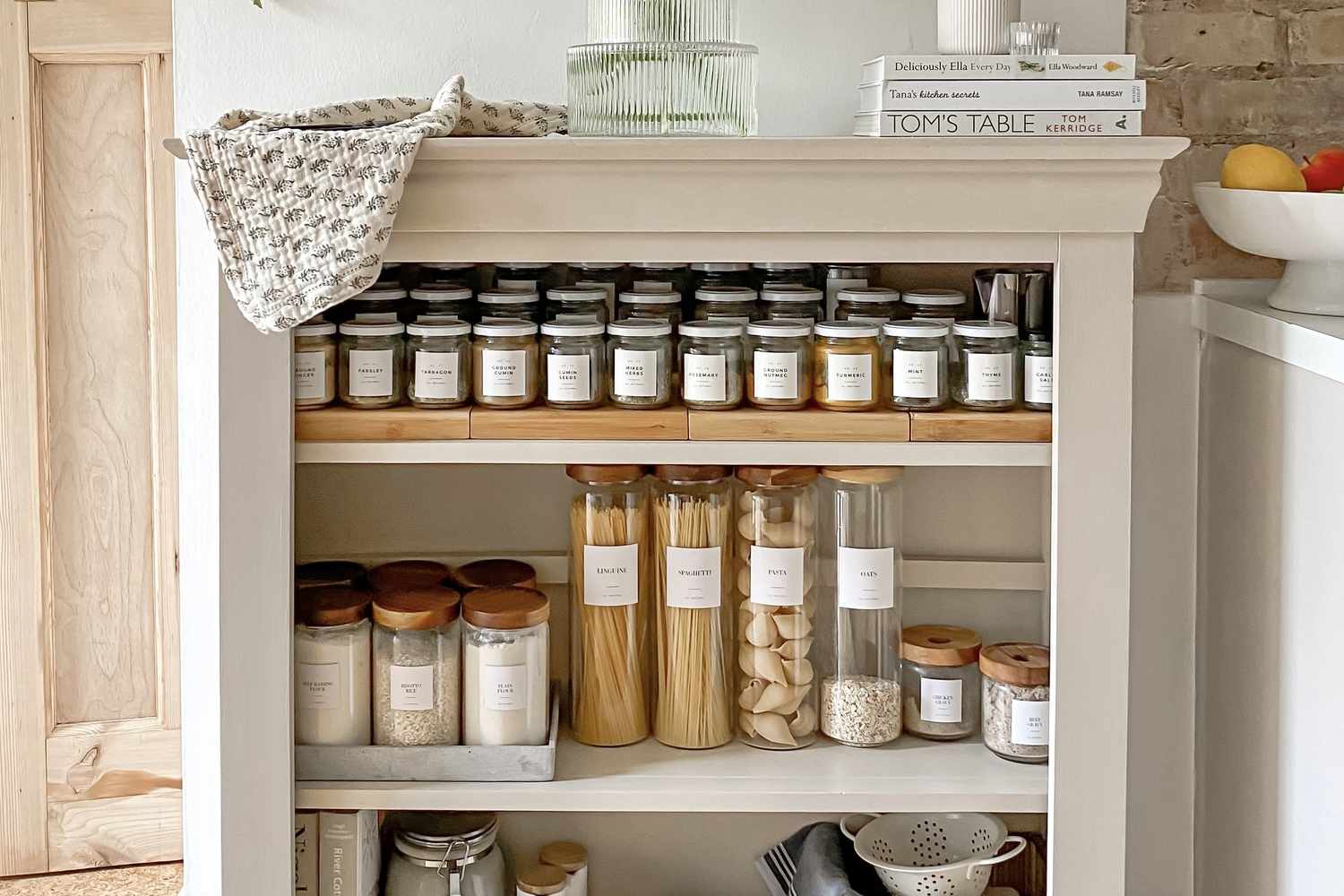

Kitchen Organizing Tools
How To Organize A Spice Cabinet
Published: March 3, 2024
Learn how to efficiently organize your spice cabinet with the best kitchen organizing tools. Keep your spices tidy and easily accessible. Discover helpful tips and tricks!
(Many of the links in this article redirect to a specific reviewed product. Your purchase of these products through affiliate links helps to generate commission for Storables.com, at no extra cost. Learn more)
Assessing Your Spice Collection
Before you start organizing your spice cabinet, it's essential to assess your spice collection. Take a good look at all the spices you have and check for any expired or stale ones. Expired spices can lose their flavor and potency, so it's best to get rid of them. Consider the frequency of use for each spice. Are there some that you use more often than others? This assessment will help you determine the best way to organize and store your spices for easy access and use.
Key Takeaways:
- Keep your spice cabinet organized by assessing your collection, choosing the right storage containers, and arranging spices for easy access. Label and categorize spices effectively to maintain a functional and visually appealing system.
- Regularly maintain and update your spice cabinet by checking for expired spices, reorganizing based on usage patterns, and cleaning containers. Rotate stock, make seasonal adjustments, and seek inspiration for new additions to enhance your culinary creations.
Read more: How To Organize Cabinet
Choosing the Right Storage Containers
When it comes to organizing your spice cabinet, choosing the right storage containers is crucial. Here are some options to consider:
-
Glass Jars: Glass jars are a popular choice for storing spices. They are airtight, which helps to keep the spices fresh for a longer time. Additionally, glass jars allow you to see the contents easily, making it simple to find the spice you need.
-
Magnetic Tins: Magnetic tins are a great space-saving option for organizing spices. These tins can be attached to a magnetic surface, such as the inside of a cabinet door or a metal sheet on the wall. This not only saves space but also makes it easy to see and access your spices.
-
Plastic Containers: Plastic containers are lightweight and come in various sizes, making them a versatile option for storing spices. Look for containers that are airtight and stackable to maximize space in your cabinet.
-
Spice Racks: Spice racks are designed specifically for organizing spices and can be a stylish addition to your kitchen. They come in various styles, including countertop racks, wall-mounted racks, and drawer inserts. Choose a spice rack that fits your cabinet space and complements your kitchen decor.
When selecting storage containers, consider the size of your spice collection and the available space in your cabinet. It's also important to choose containers that are easy to clean and maintain to keep your spices fresh and organized.
Arranging Spices for Easy Access
Arranging your spices for easy access is essential for a functional and organized spice cabinet. Here are some tips to help you arrange your spices effectively:
-
Frequently Used Spices at the Front: Place the spices you use most often at the front of the cabinet or in the most accessible area. This makes it convenient to grab them while cooking without having to search through the entire cabinet.
-
Grouping by Cuisine or Use: Consider grouping your spices by cuisine or use. For example, you can have a section for baking spices, another for Italian spices, and another for Asian spices. This makes it easier to locate the spices you need based on the type of dish you are preparing.
-
Alphabetical Order: If you prefer a more systematic approach, arranging your spices in alphabetical order can be helpful. This method simplifies the process of finding a specific spice, especially if you have a large collection.
-
Utilize Tiered Shelving: Tiered shelving or risers can maximize the space in your cabinet and make it easier to see and access all your spices. This is particularly useful if you have a deep cabinet where spices at the back tend to get hidden.
-
Consider Visibility: Ensure that the labels of your spices are visible. If using opaque containers, consider labeling the tops of the lids for quick identification. Clear containers can also help you see the contents at a glance.
-
Keep Similar Items Together: Store similar items together, such as different types of salts or peppers. This prevents duplication and makes it easier to compare and select the right spice for your dish.
By arranging your spices thoughtfully, you can create a system that not only looks organized but also makes cooking more efficient and enjoyable.
Use clear containers to store spices so you can easily see what you have. Label each container with the name of the spice and its expiration date for easy identification.
Labeling and Categorizing Spices
Labeling and categorizing your spices is a crucial step in maintaining an organized spice cabinet. Here's how to effectively label and categorize your spices:
-
Clear and Consistent Labels: Use clear and consistent labels for your spice containers. Whether you choose to label the lids, the sides, or the front of the containers, make sure the labels are easy to read and uniform across all your spices. This consistency will make it easier to locate specific spices when you need them.
-
Categorize by Usage: Consider categorizing your spices based on their usage. For example, you can have separate categories for baking spices, cooking spices, or specialty spices. This categorization can help you quickly identify the type of spice you need for a particular recipe.
-
Color Coding: If you're a visual person, consider using color-coded labels or stickers to categorize your spices. Assign a specific color to each category of spices, making it visually intuitive to find the right spice at a glance.
-
Organize Alphabetically: If you prefer a systematic approach, organize your spices alphabetically within each category. This method can be particularly helpful when you have a large spice collection and want to find a specific spice quickly.
-
Include Expiration Dates: To ensure that you use your spices while they are still fresh, consider including expiration dates on the labels. This practice can help you keep track of the freshness of your spices and identify when it's time to replace them.
-
Utilize a Spice Rack or Drawer Insert: If you opt for a spice rack or drawer insert, take advantage of built-in labeling options. Many spice racks come with pre-labeled slots or containers, making it easy to categorize and organize your spices without the need for additional labeling.
By labeling and categorizing your spices effectively, you can create a well-organized system that not only enhances the functionality of your spice cabinet but also adds a visually appealing element to your kitchen.
Maintaining and Updating Your Spice Cabinet
Maintaining an organized spice cabinet is an ongoing process that requires regular attention and updates. Here are some essential tips for maintaining and updating your spice cabinet:
-
Regular Inventory Check: Periodically review your spice collection to check for expired or stale spices. Remove any spices that have lost their potency or flavor and replace them with fresh ones. This practice ensures that your spices are always at their best when you need them.
-
Reorganize as Needed: As your cooking habits and preferences evolve, you may find the need to reorganize your spice cabinet. Consider rearranging the placement of spices based on your current usage patterns. For example, if you find yourself using certain spices more frequently, adjust their placement in the cabinet for easier access.
-
Clean and Maintain Containers: Regularly clean and maintain your storage containers to keep your spices fresh and free from contaminants. Glass jars, plastic containers, and spice racks should be cleaned periodically to prevent any residue buildup that could affect the quality of your spices.
-
Update Labels and Categories: If you introduce new spices to your collection or discover different ways to categorize your spices, update the labels and categories accordingly. This ensures that your spice cabinet remains organized and reflects the current state of your spice collection.
-
Rotate Stock: When purchasing new spices, consider rotating your stock by placing newer purchases at the back of the cabinet. This practice encourages the use of older spices first, preventing them from sitting unused for extended periods.
-
Consider Seasonal Adjustments: Depending on your cooking habits, you may need to make seasonal adjustments to your spice cabinet. For example, you might use certain spices more frequently during specific seasons or holidays. Adjust the arrangement of your spices to accommodate seasonal variations in usage.
-
Seek Inspiration for New Additions: Keep an eye out for new and exciting spices to add to your collection. Exploring different cuisines or recipes can inspire you to expand your spice repertoire. When adding new spices, ensure that they complement your existing collection and enhance your culinary creations.
By consistently maintaining and updating your spice cabinet, you can ensure that it remains a functional and organized part of your kitchen, ready to elevate your cooking endeavors.
Frequently Asked Questions about How To Organize A Spice Cabinet
Was this page helpful?
At Storables.com, we guarantee accurate and reliable information. Our content, validated by Expert Board Contributors, is crafted following stringent Editorial Policies. We're committed to providing you with well-researched, expert-backed insights for all your informational needs.
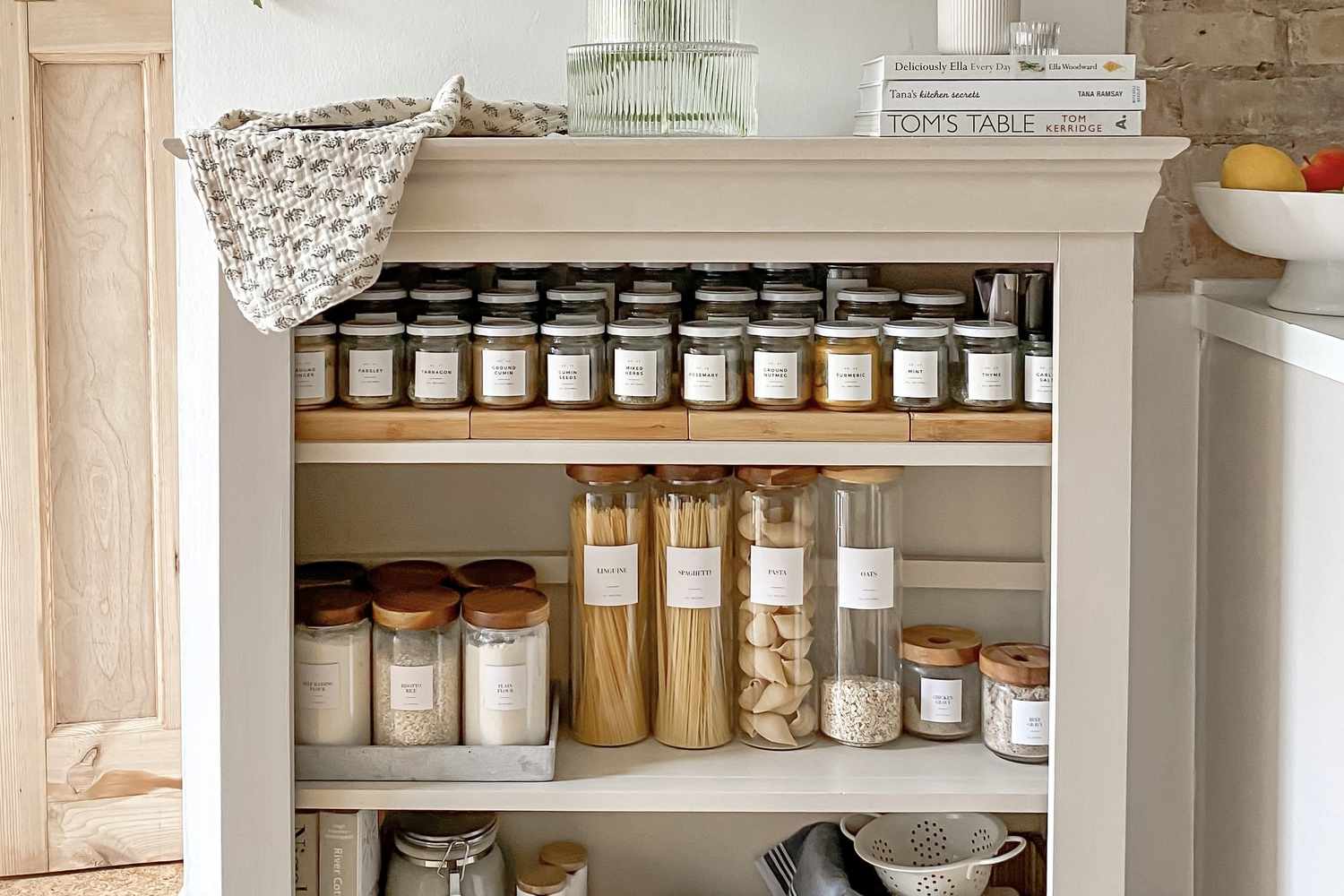
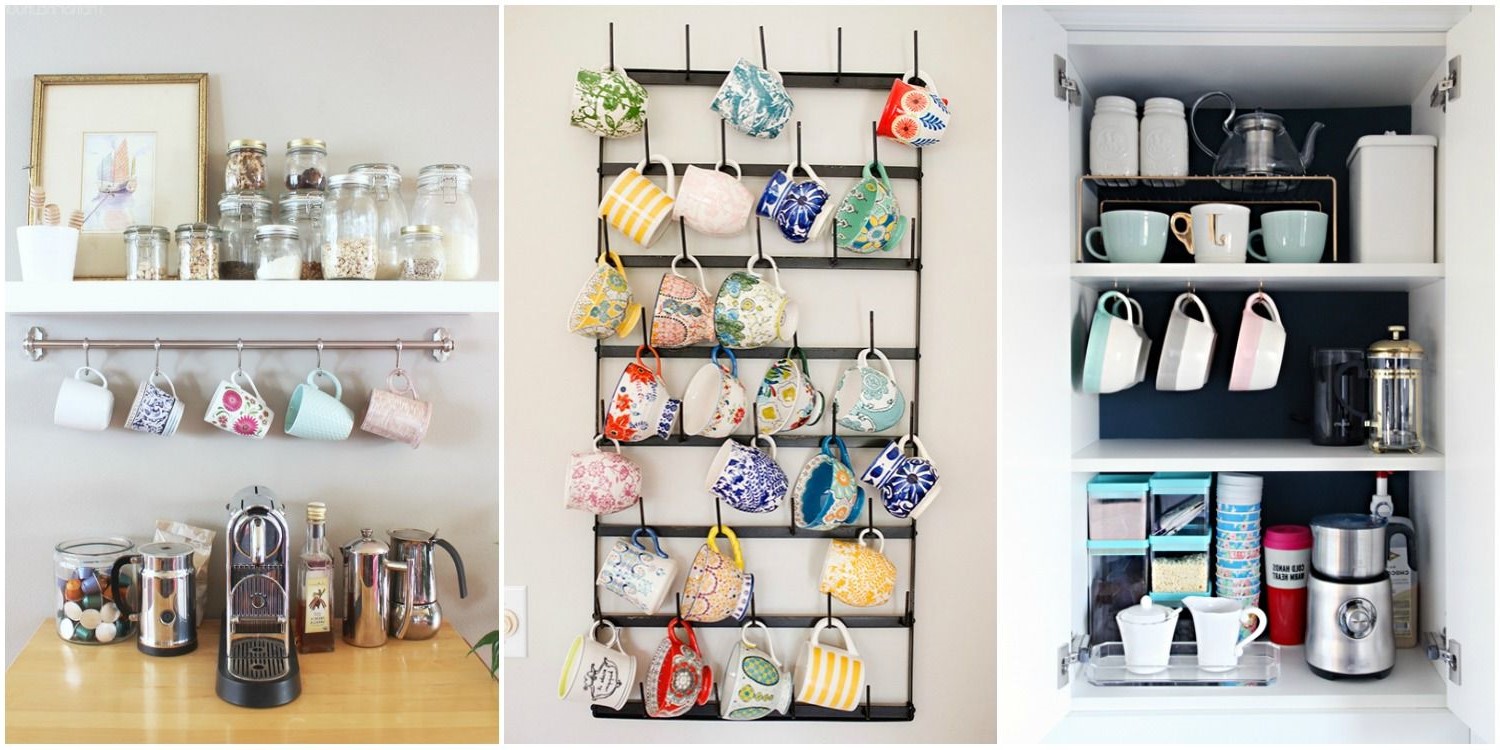
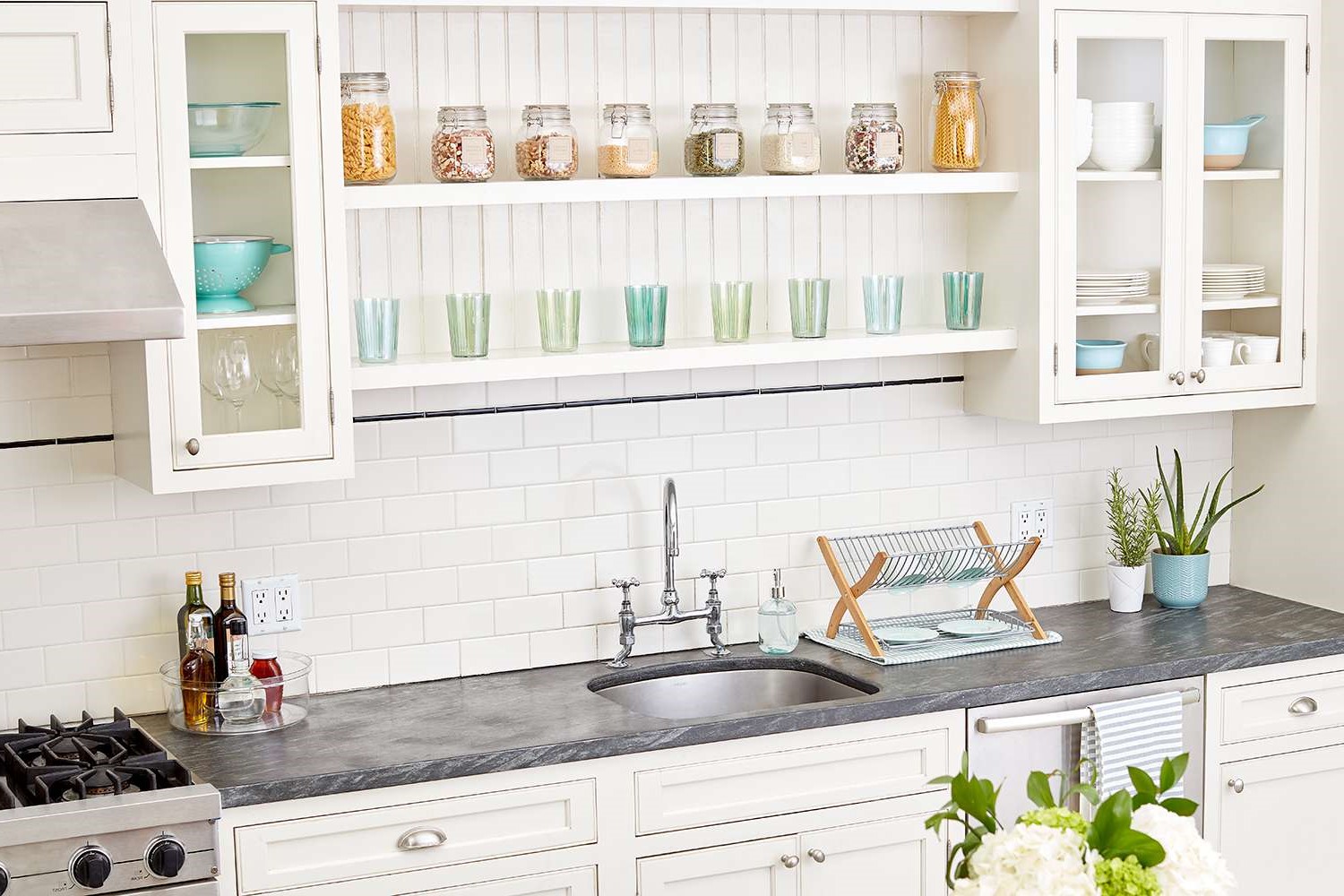
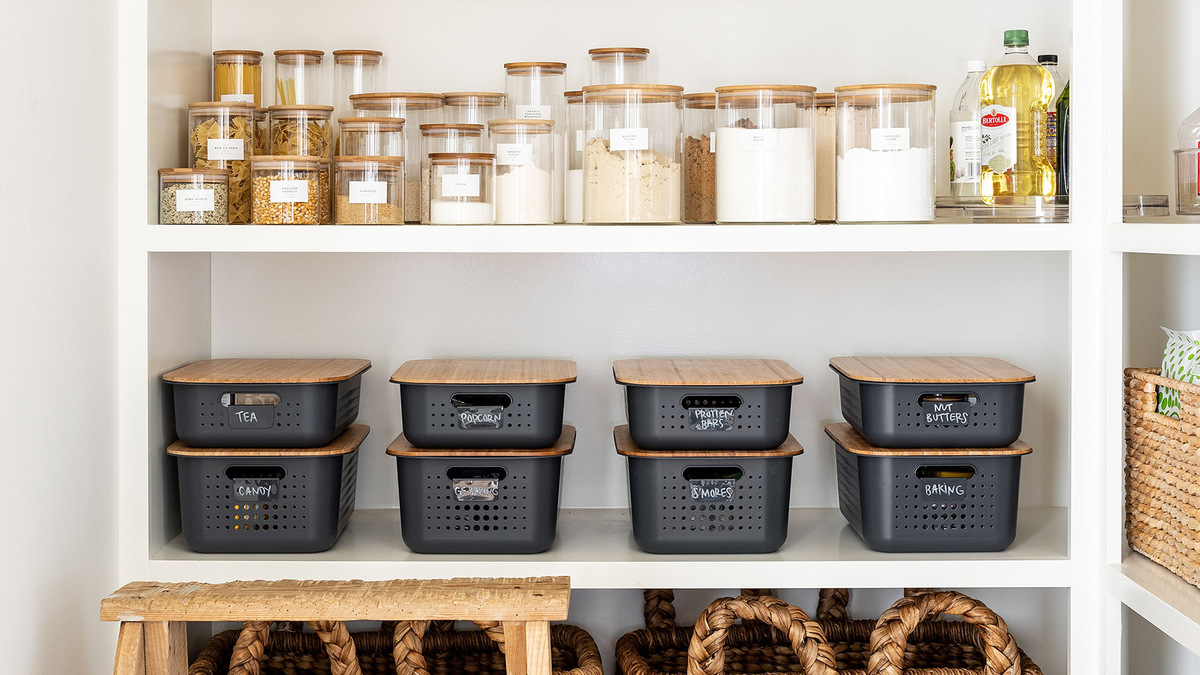
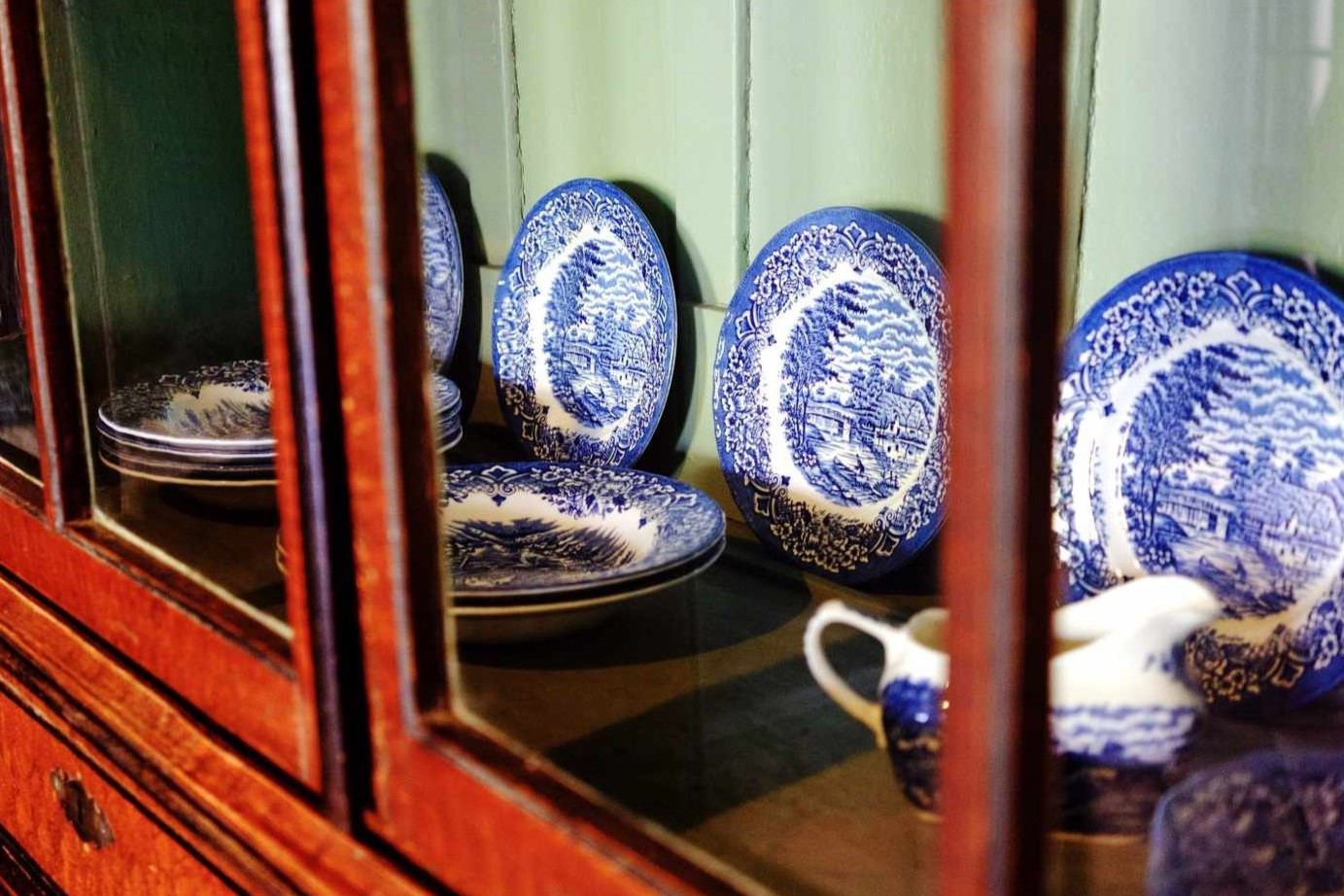
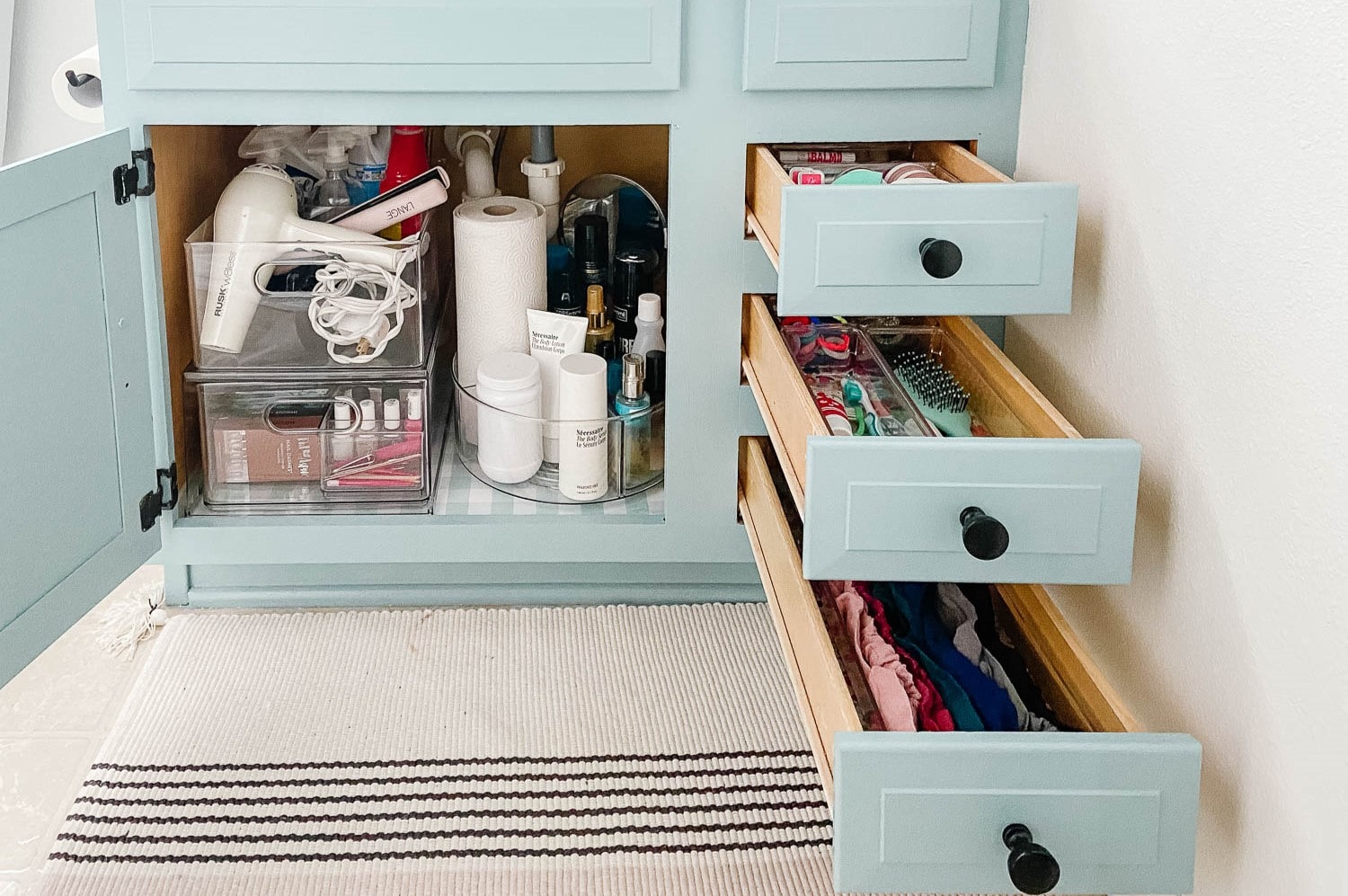
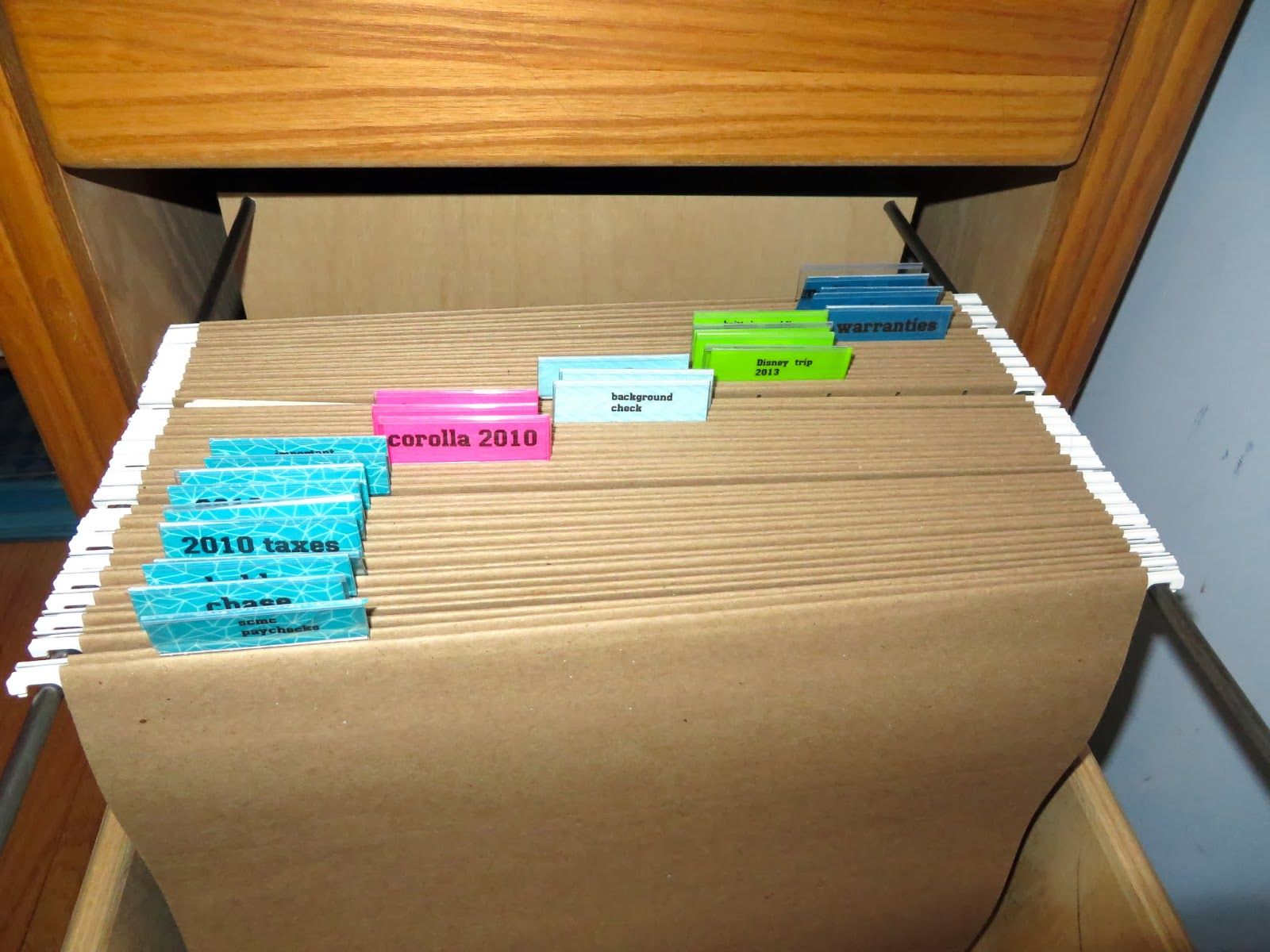
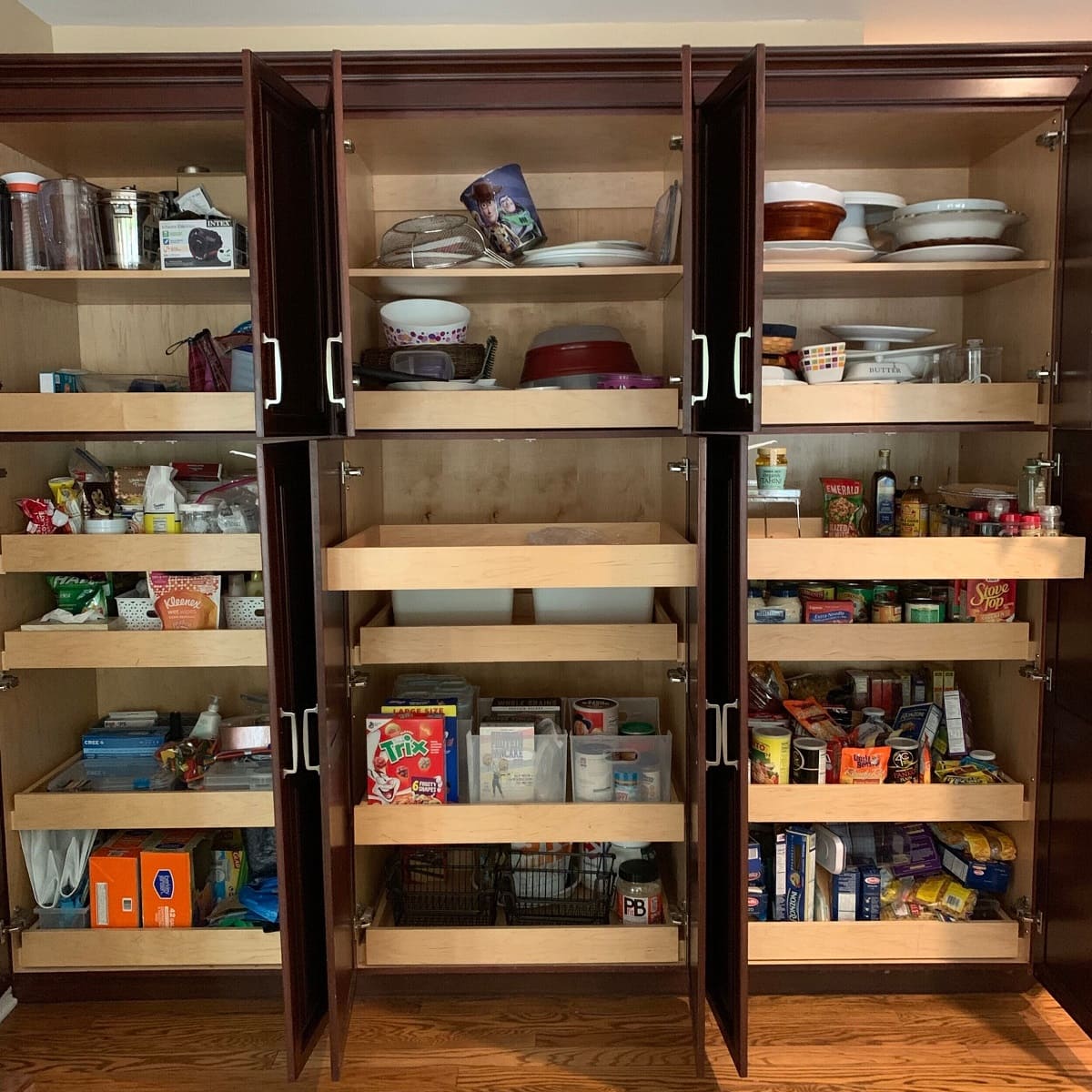
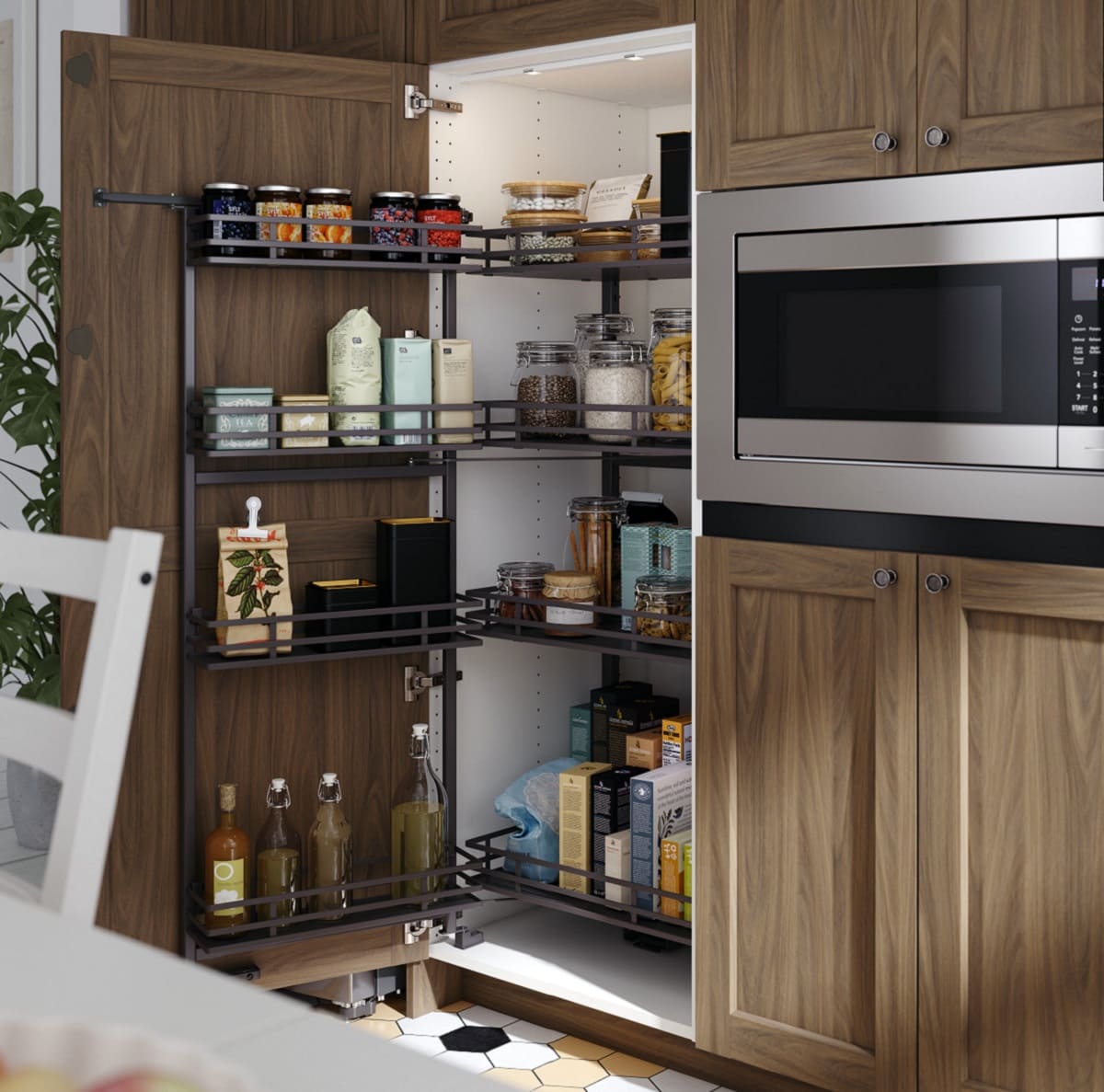
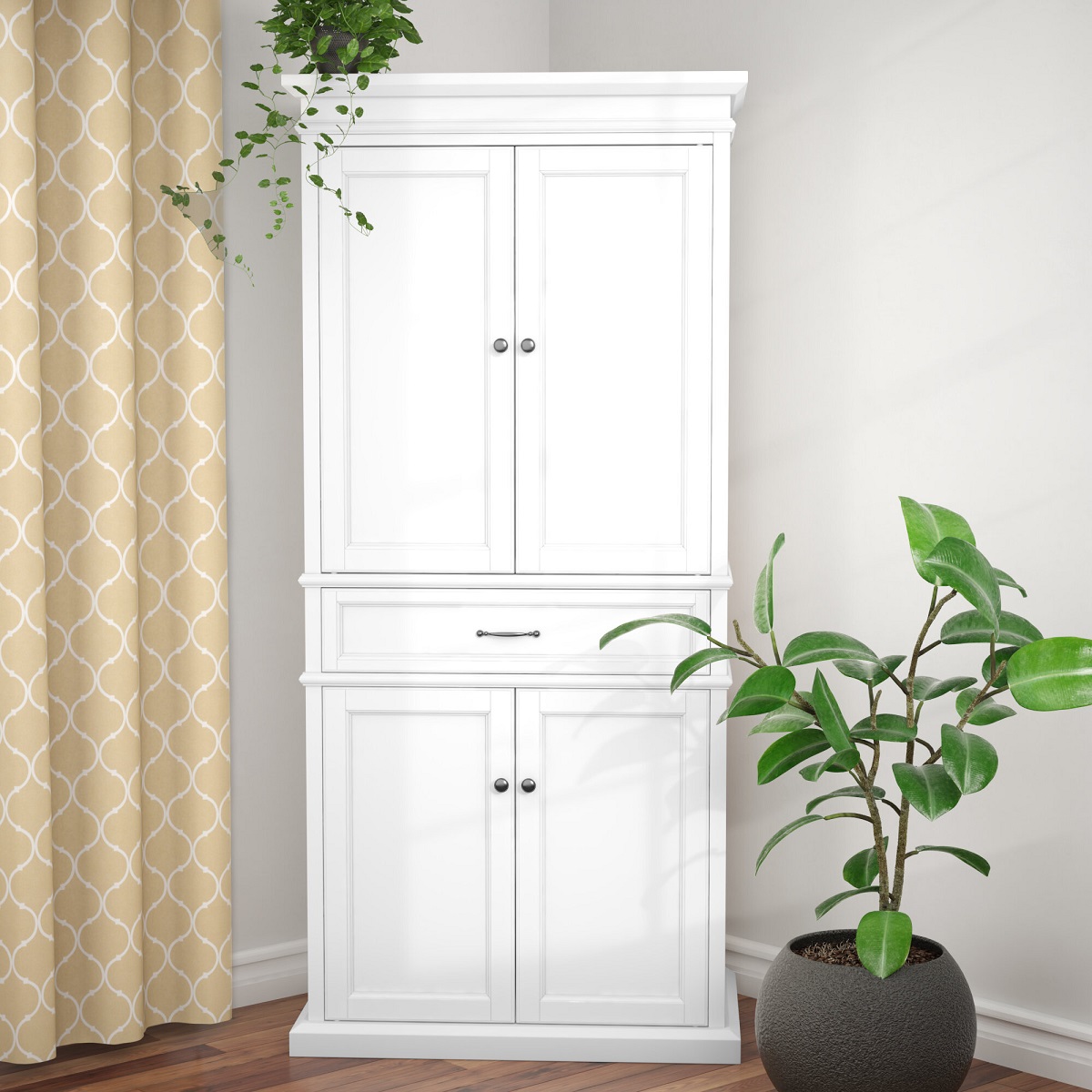
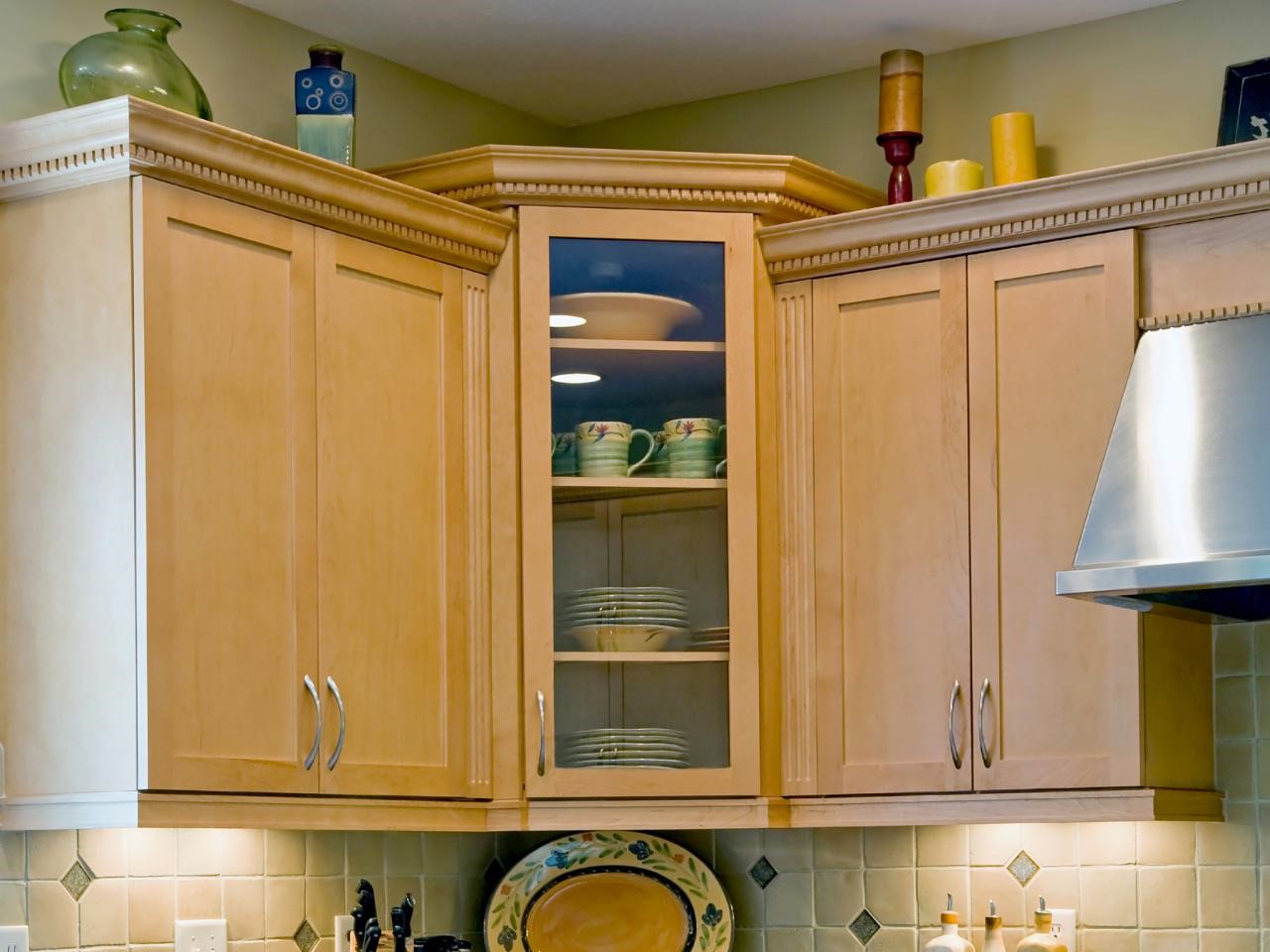
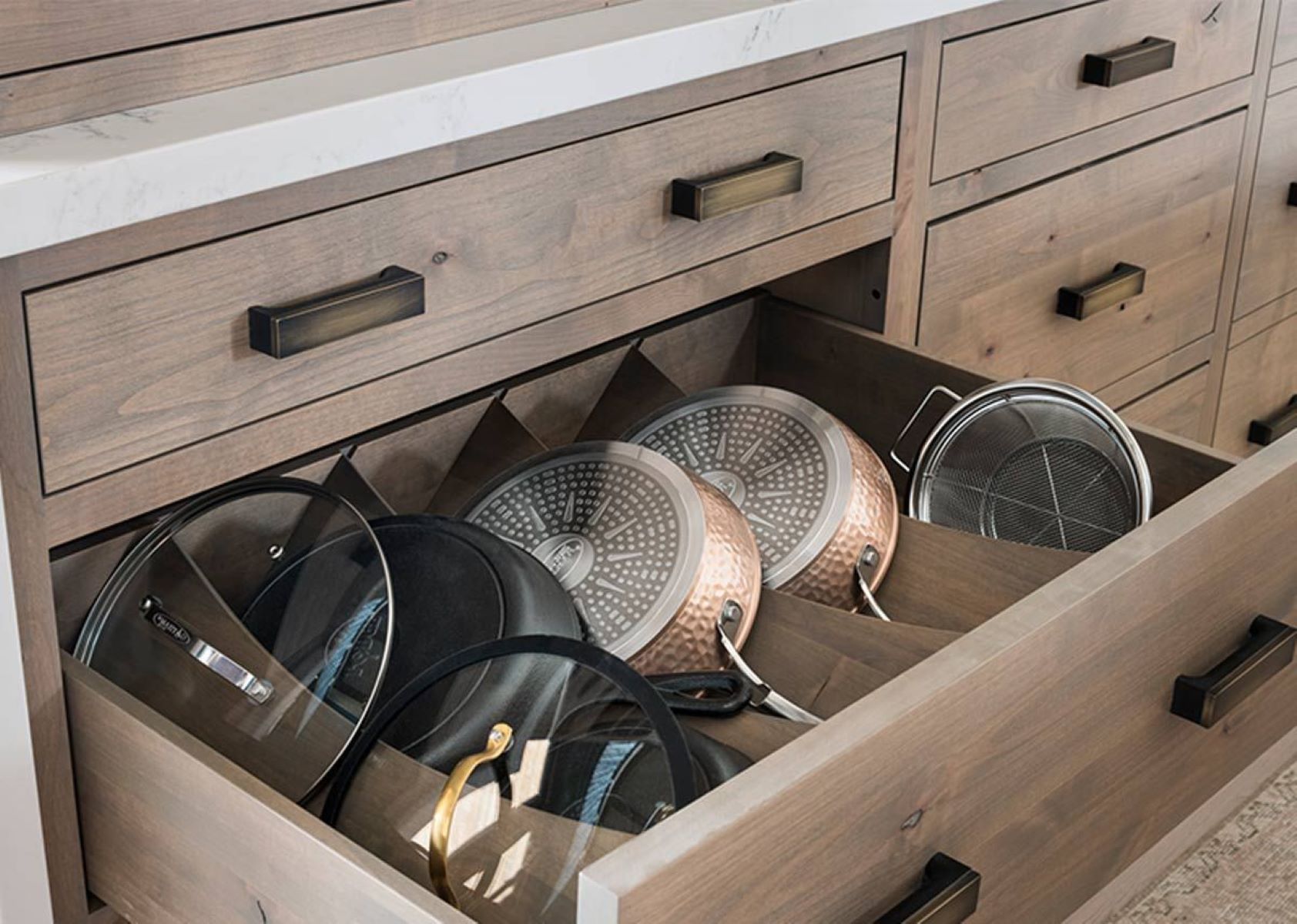
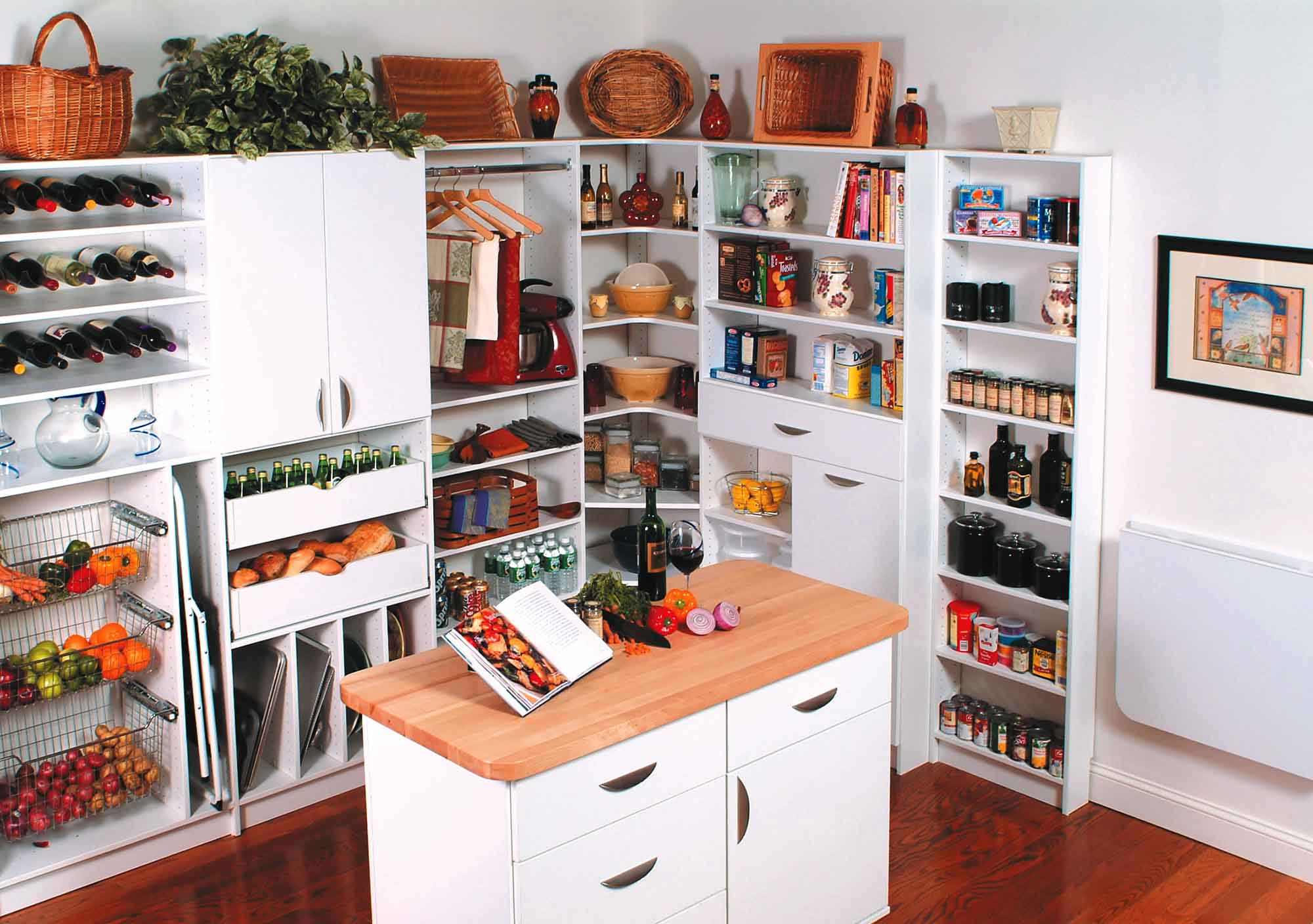
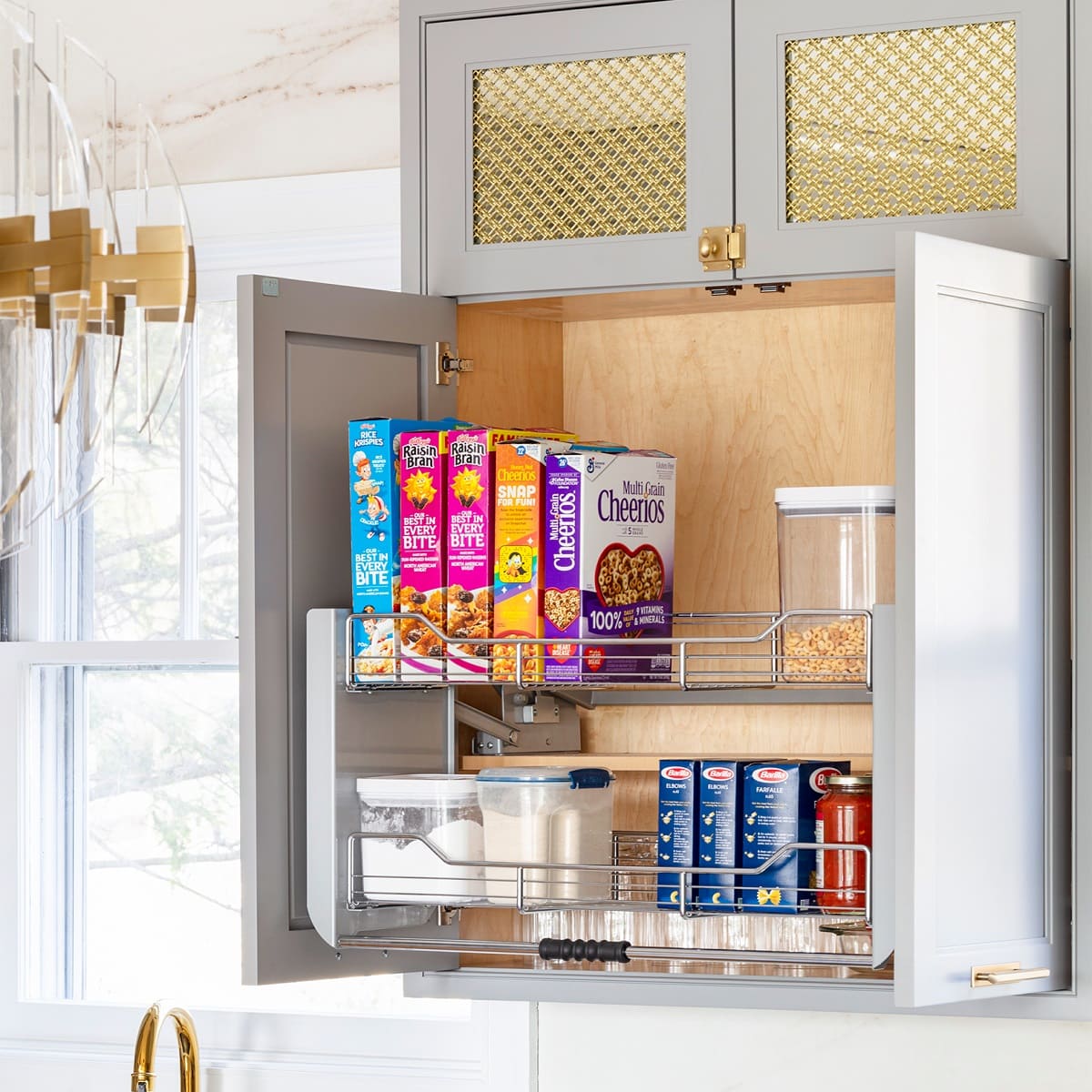
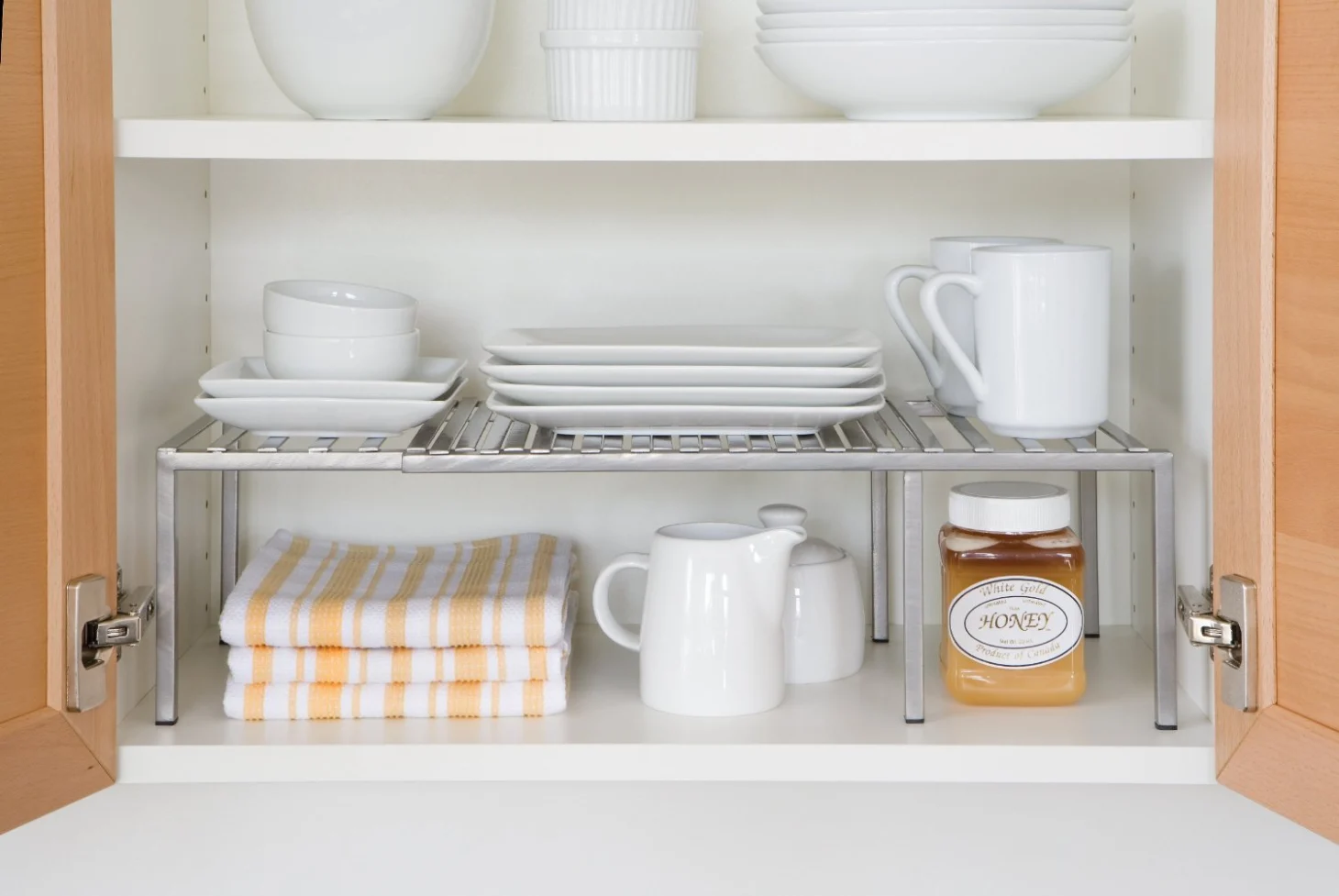

0 thoughts on “How To Organize A Spice Cabinet”